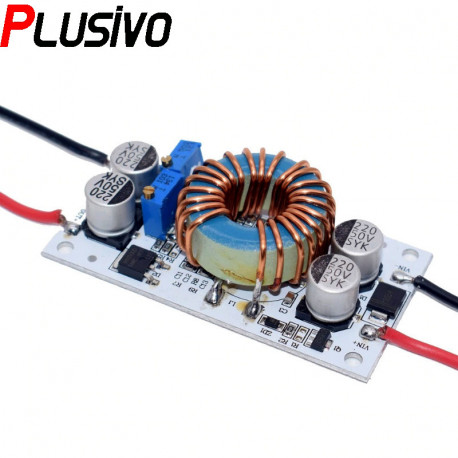No products
250W Boost DC-DC Converter
0104110000012685
New product
This 250 W boost DC-DC converter can easily provide the necessary power output for your embedded systems and it is a convenient solution for most of your project that require high power.
See Description for more details about the product.
Add to cart now!
25 Items
More info
Overview
This 250W boost DC-DC converter can easily provide the necessary power output for your embedded systems and it is a convenient solution for most of your project that requires high power.
It can be used for boost chargers, universal power supply for embedded systems and more.
Specifications
- Mode step-up (boost)
- Input Voltage: 8.5 V to 48 V
- Output Voltage: 12 V to 50 V (adjustable)
- Output Current: 10 A (max) - is recommended to use a ventilator for more than 6 A
- Constant Current: 0.2 A to 8 A
- Efficiency: 96 %
- Frequency: 150 kHz
- Temperature: - 40 °C to + 85 °C
- Response Speed: 5% 200 mS
- Reverse polarity protection
- Dimensions: 70 x 46 x 13 mm
Scope of Application
- DIY a regulated power supply, input 12V, output can be adjusted from 12-50V.
- To supply power to your electronic equipment, you can set the output value according to your system voltage.
- As a car power supply, it can power your laptop, PDA or various digital products.
- DIY a high-power laptop mobile power supply: equipped with a large-capacity 12V lithium battery pack, so that your books can be bright wherever you go.
- The solar panel stabilizes.
- Charge storage batteries, lithium batteries, etc.
Output Voltage/Current Adjustment Method
1. Adjust the RV1 potentiometer, according to your battery or LED, set the output voltage to the voltage value you need. For example, the voltage of 10 LED strings is adjusted to 37V.
2. Turn the RV2 potentiometer clockwise about 30 turns, set the output current to the minimum, connect the LED, and adjust the RV2 potentiometer to the current you need. For battery charging, after the battery is discharged, connect to the output and adjust RV2 to the current you need. (When charging, you must use the discharged battery to adjust it, because the battery has more power. More, the lower the charging current.) Please do not adjust the current in a short-circuit mode. The circuit structure of the boost module cannot be adjusted in a short-circuit mode.
Precautions
Do not adjust the current by short-circuiting, and the circuit structure of the boost module cannot be adjusted by short-circuiting. Adjust the output voltage and current, counterclockwise large and clockwise small.
Special Note
The module has a constant voltage and constant current function, but because it is a non-isolated boost mode, due to its characteristics, the constant current range is related to the input and output voltage and load.
Constant current range: For battery charging, we recommend that the input voltage of the module is less than the discharge cut-off voltage of the battery, and the output is equal to the battery charge cut-off voltage, otherwise we do not guarantee the constant current range. Resistance load to test the constant current range will be relatively narrow, minimum current = input voltage divided by load impedance, maximum current = output voltage divided by load impedance, so the constant current value has a maximum and minimum value, not how much you want to adjust Just as big as you want.
Suggestion for charging the battery: adjust the output voltage to the battery charging cut-off voltage, then adjust the current-limiting potentiometer to the minimum position, connect the battery, string the ammeter, and adjust to the current you need. It should be noted that the charging current decreases as the battery voltage increases during the charging process.
Pay Attention
1. During use, please power on the module first, and then connect to the load. This is especially important in high-power loads.
2. The input voltage must be stable, especially when some low voltage ( 12V ) input power is connected to the load, the voltage will drop below 10V , and it is easy to break down the power tube at this time.
3. The input voltage should avoid the upper limit and lower limit voltage as far as possible to avoid damage to the module caused by voltage fluctuations.
4. Do not connect the fuse for power-on test after the fuse is burned . The cause must be eliminated before powering on. Generally, the fuse burned is a power tube breakdown.
5. It is strictly prohibited to use short-circuit load to adjust current.
6. Two or more modules cannot be used in parallel for input and output at the same time, otherwise the current limiting function will fail.
7. The voltage difference that is not suitable for input and output is small, otherwise the constant current function is not guaranteed. For example, some friends use a 12v battery to boost to 14v to charge a 12V battery. If the current is too high, it will burn insurance.
8. The normal voltage of the module is normal, and some laptops cannot be charged and used. This is a non-quality problem, because current computers have recognition functions and may refuse to use non-original chargers.
Don't delay, buy today.
Add to cart now!
Reviews
Excellent quality
Works perfectly does exactly what I needed. I’m now able to charge my 40 V battery packs
Working good!!
I only use 1.2 A out to charge 12V battery and it is not hot. It is good for my personal usage.
Neat little supply works great
It does just what it is supposed to do. Running at 60W without issue.
A small compact boost power supply
A well-built small boost powersupply. This is exactly what I needed for my application. Will definitely purchase again
Customers who bought this product also bought:
-
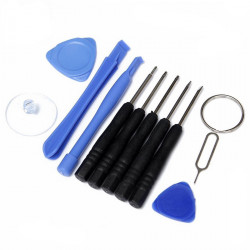
Pry Tool Set
11 in 1 precision screwdriver mobile phone...
₱29.00
-
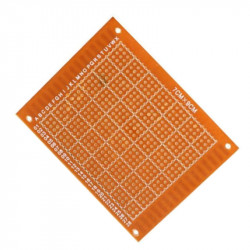
Prototyping...
This is a 70 x 90 mm universal PCB, suitable to...
₱20.00
-

7x19 cm Glue...
7 x 19 cm high viscosity transparent hot melt...
₱5.00
-
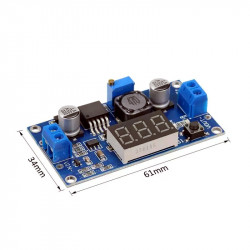
LM2596 DC-DC...
This is an LM2596 DC-DC module with voltage...
₱119.00
-

Resistor...
Resistor Pack (300 pcs) 30 types 10pcs each...
₱89.00
-
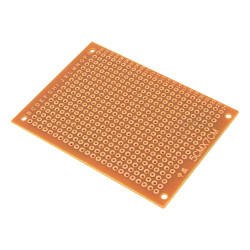
Prototyping...
This is a 50 x 70 mm universal PCB, suitable to...
₱9.00
-
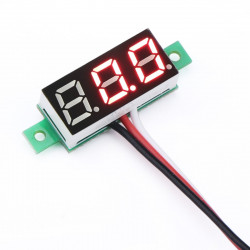
0-30 V Red...
This is a 0-30 V red panel voltmeter showing...
₱36.00
-
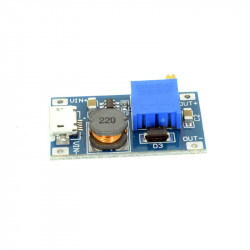
2A DC-DC...
This is a step up booster module with micro USB...
₱33.00
-
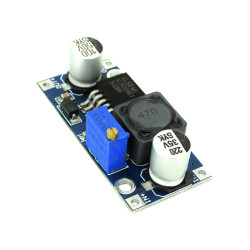
XL6009 DC-DC...
This module is very good to lift the tension in...
₱89.00
-
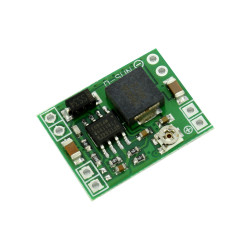
MP1584EN...
This DC-DC step-down module is based on the...
₱47.00


